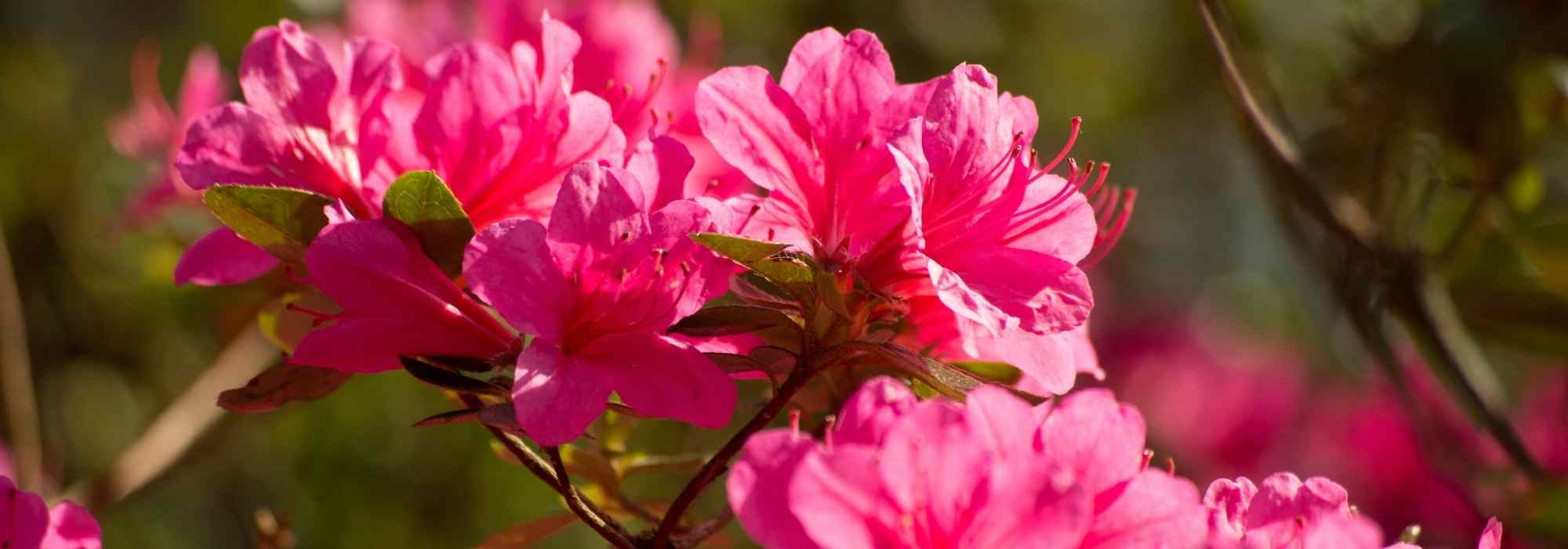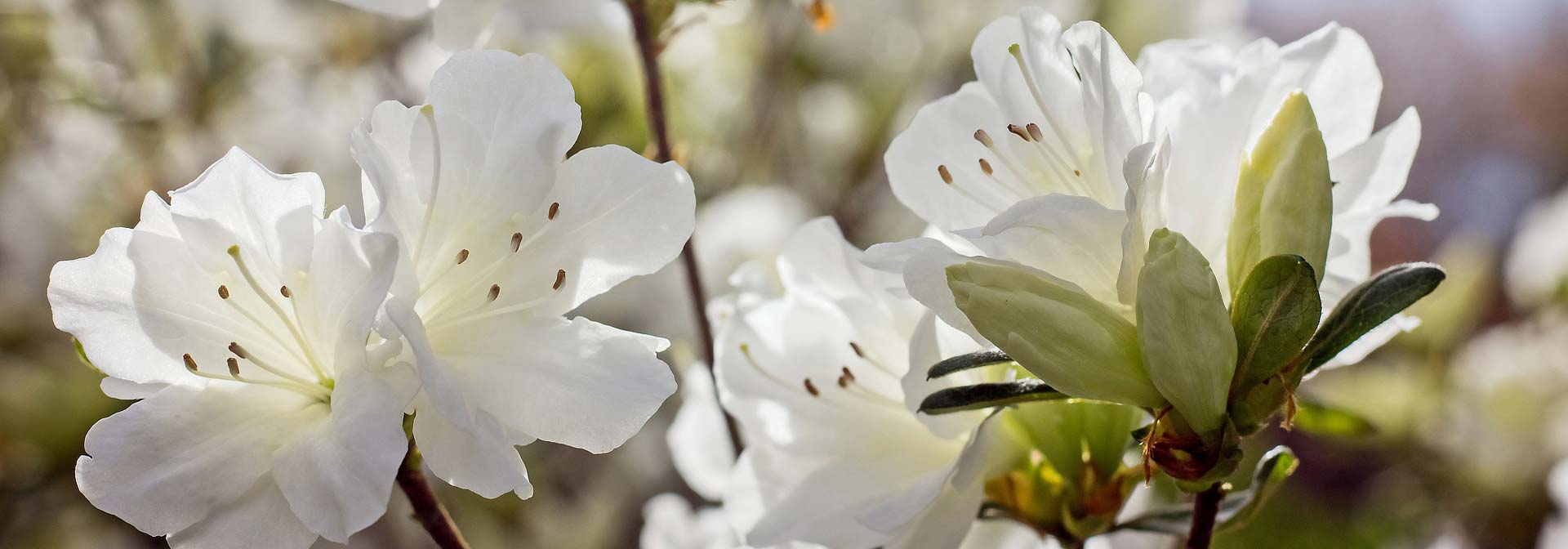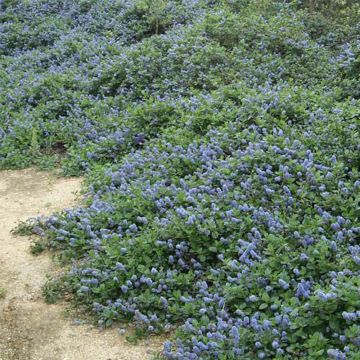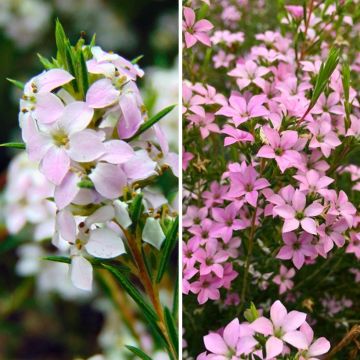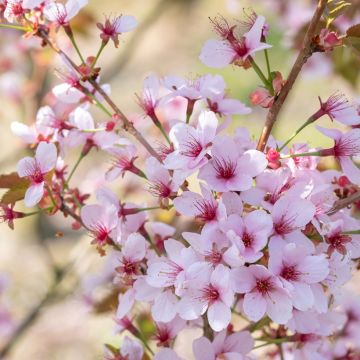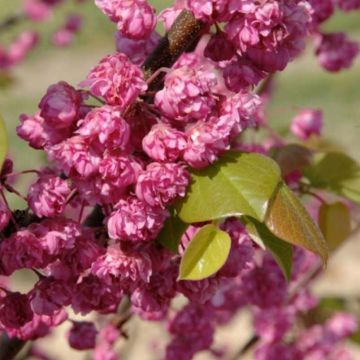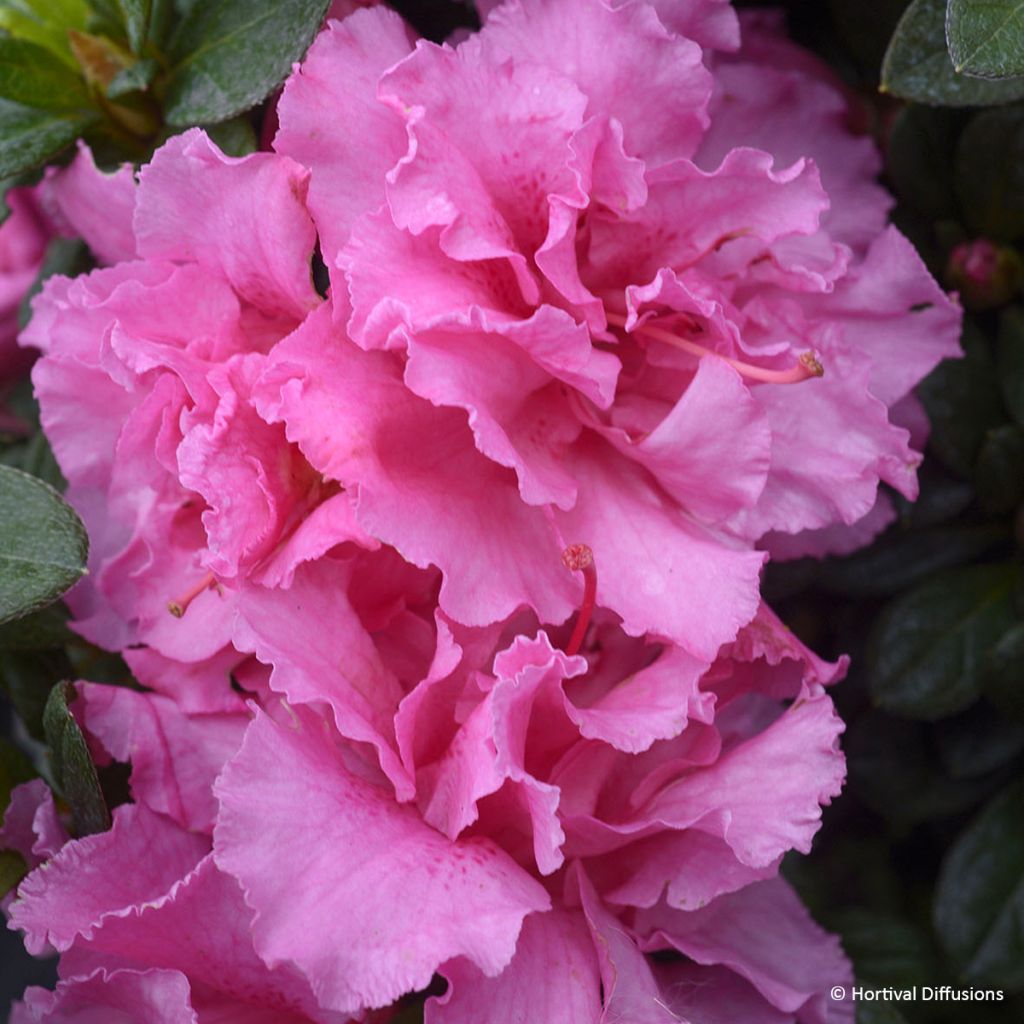

Azalea japonica Repetita Pink - Perpetual japanese azalea
Azalea japonica Repetita Pink - Perpetual japanese azalea
Rhododendron japonica × indica 'RLH1-2P8' Repetita® Pink
Japanese Azalea
Special offer!
Receive a €20 voucher for any order over €90 (excluding delivery costs, credit notes, and plastic-free options)!
1- Add your favorite plants to your cart.
2- Once you have reached €90, confirm your order (you can even choose the delivery date!).
3- As soon as your order is shipped, you will receive an email containing your voucher code, valid for 3 months (90 days).
Your voucher is unique and can only be used once, for any order with a minimum value of €20, excluding delivery costs.
Can be combined with other current offers, non-divisible and non-refundable.
Home or relay delivery (depending on size and destination)
Schedule delivery date,
and select date in basket
This plant carries a 24 months recovery warranty
More information
We guarantee the quality of our plants for a full growing cycle, and will replace at our expense any plant that fails to recover under normal climatic and planting conditions.
Would this plant suit my garden?
Set up your Plantfit profile →
Description
The Azalea hybrid Repetita® Pink is a true gem for gardens and balconies, prized for its rounded, compact habit and its striking perpetual flowering. This small acid-loving bush has captivating, large, double, frizzy flowers in a bright pink, which appear in spring and then return in several waves until autumn. Fully hardy, it thrives in acidic, light, moist, and well-drained soil. Easy to grow in the ground or in pots, it brightens up beds, borders, or terraces, sheltered from dry winds. Regular watering, especially during dry periods, along with organic mulching, is recommended to maintain its freshness and vitality.
Japanese Azalea or Evergreen Azalea Repetita® Pink, also known by the botanical name Rhododendron 'RLH1-2P8', is a horticultural cultivar belonging to the Ericaceae family. This cultivar was developed in the United States by horticulturists Robert and Lisa Head. It is marketed under the trade names Repetita® Pink and Bloom-A-Thon® Pink Double. It is a hybrid derived from the species japonica × indica, distinguished by its compact, rounded habit, forming a dense, bushy shrub. Its growth is moderate, reaching approximately 50 to 60 cm in height and width after 10 years of cultivation in the ground. The semi-double to double flowers measure between 7 and 10 cm in diameter and display a bright pink hue. They appear abundantly in spring (April-May), with sporadic secondary flowerings in summer and a more pronounced flowering in autumn, lasting until the first frosts. The flowering is primarily apical, meaning it is located at the tips of the stems. The foliage is semi-evergreen to evergreen, composed of dark green, narrow, slightly glossy leaves, measuring 3 to 5 cm long. The stems are thin, flexible, and brownish, with smooth bark. The root system is shallow, fibrous, and spreading, making the plant sensitive to prolonged droughts and poorly drained soils. Azalea Repetita® Pink was selected for its ability to flower several times a year, a rare characteristic among azaleas.
Japanese azaleas thrive in cool climates with distinct winters, planted in a humus-bearing, acidic soil. Azalea Repetita® Pink, placed in the light shade of a Japanese maple, flourishes in bright pink patches, standing out against a backdrop of purple or silver foliage. At the edge of a woodland, it creates a refined picture with the Dryopteris erythrosora fern, Heuchera ‘Berry Smoothie’, and Hosta ‘Francee’, offering a subtle play of textures and hues. In a pot, it becomes the centrepiece on a shaded terrace, accompanied by a Skimmia japonica ‘Rubella’ or a Pieris ‘Forest Flame’.
Plant habit
Flowering
Foliage
Botanical data
Rhododendron
japonica × indica
'RLH1-2P8' Repetita® Pink
Ericaceae
Japanese Azalea
Rhododendron 'RLH1 2P8' REPETITA® PINK
Cultivar or hybrid
Planting and care
The Repetita hybrid Azalea tolerates non-scorching sun well, but its preferred exposure is partial shade, particularly in hot and very sunny regions. Plant it in acidic soil, or humus-bearing and well-drained soil, but above all non-calcareous. When planting, ensure not to bury the rootball too deeply; it should be level with the soil. Water abundantly during dry periods, at least once a week in the first year, using non-calcareous water. In spring, apply fertiliser for ericaceous plants. After the first flowering, you can prune lightly to maintain a neat plant, but this is optional. Remove faded flowers to encourage new shoots. Azalea has few diseases when well-established outdoors. It may be attacked by vine weevils, which eat the edges of leaves and rootlets, as well as by the notorious 'rhododendron leafhopper', which rarely causes significant damage. If the soil is calcareous or poorly drained, and if the young plant is planted too deeply, the leaves may yellow and the plant will eventually perish. Finally, Japanese azaleas do not at all appreciate dry, indoor conditions.
Planting period
Intended location
Care
Planting & care advice
This item has not been reviewed yet - be the first to leave a review about it.
Similar products
Haven't found what you were looking for?
Hardiness is the lowest winter temperature a plant can endure without suffering serious damage or even dying. However, hardiness is affected by location (a sheltered area, such as a patio), protection (winter cover) and soil type (hardiness is improved by well-drained soil).

Photo Sharing Terms & Conditions
In order to encourage gardeners to interact and share their experiences, Promesse de fleurs offers various media enabling content to be uploaded onto its Site - in particular via the ‘Photo sharing’ module.
The User agrees to refrain from:
- Posting any content that is illegal, prejudicial, insulting, racist, inciteful to hatred, revisionist, contrary to public decency, that infringes on privacy or on the privacy rights of third parties, in particular the publicity rights of persons and goods, intellectual property rights, or the right to privacy.
- Submitting content on behalf of a third party;
- Impersonate the identity of a third party and/or publish any personal information about a third party;
In general, the User undertakes to refrain from any unethical behaviour.
All Content (in particular text, comments, files, images, photos, videos, creative works, etc.), which may be subject to property or intellectual property rights, image or other private rights, shall remain the property of the User, subject to the limited rights granted by the terms of the licence granted by Promesse de fleurs as stated below. Users are at liberty to publish or not to publish such Content on the Site, notably via the ‘Photo Sharing’ facility, and accept that this Content shall be made public and freely accessible, notably on the Internet.
Users further acknowledge, undertake to have ,and guarantee that they hold all necessary rights and permissions to publish such material on the Site, in particular with regard to the legislation in force pertaining to any privacy, property, intellectual property, image, or contractual rights, or rights of any other nature. By publishing such Content on the Site, Users acknowledge accepting full liability as publishers of the Content within the meaning of the law, and grant Promesse de fleurs, free of charge, an inclusive, worldwide licence for the said Content for the entire duration of its publication, including all reproduction, representation, up/downloading, displaying, performing, transmission, and storage rights.
Users also grant permission for their name to be linked to the Content and accept that this link may not always be made available.
By engaging in posting material, Users consent to their Content becoming automatically accessible on the Internet, in particular on other sites and/or blogs and/or web pages of the Promesse de fleurs site, including in particular social pages and the Promesse de fleurs catalogue.
Users may secure the removal of entrusted content free of charge by issuing a simple request via our contact form.
The flowering period indicated on our website applies to countries and regions located in USDA zone 8 (France, the United Kingdom, Ireland, the Netherlands, etc.)
It will vary according to where you live:
- In zones 9 to 10 (Italy, Spain, Greece, etc.), flowering will occur about 2 to 4 weeks earlier.
- In zones 6 to 7 (Germany, Poland, Slovenia, and lower mountainous regions), flowering will be delayed by 2 to 3 weeks.
- In zone 5 (Central Europe, Scandinavia), blooming will be delayed by 3 to 5 weeks.
In temperate climates, pruning of spring-flowering shrubs (forsythia, spireas, etc.) should be done just after flowering.
Pruning of summer-flowering shrubs (Indian Lilac, Perovskia, etc.) can be done in winter or spring.
In cold regions as well as with frost-sensitive plants, avoid pruning too early when severe frosts may still occur.
The planting period indicated on our website applies to countries and regions located in USDA zone 8 (France, United Kingdom, Ireland, Netherlands).
It will vary according to where you live:
- In Mediterranean zones (Marseille, Madrid, Milan, etc.), autumn and winter are the best planting periods.
- In continental zones (Strasbourg, Munich, Vienna, etc.), delay planting by 2 to 3 weeks in spring and bring it forward by 2 to 4 weeks in autumn.
- In mountainous regions (the Alps, Pyrenees, Carpathians, etc.), it is best to plant in late spring (May-June) or late summer (August-September).
The harvesting period indicated on our website applies to countries and regions in USDA zone 8 (France, England, Ireland, the Netherlands).
In colder areas (Scandinavia, Poland, Austria...) fruit and vegetable harvests are likely to be delayed by 3-4 weeks.
In warmer areas (Italy, Spain, Greece, etc.), harvesting will probably take place earlier, depending on weather conditions.
The sowing periods indicated on our website apply to countries and regions within USDA Zone 8 (France, UK, Ireland, Netherlands).
In colder areas (Scandinavia, Poland, Austria...), delay any outdoor sowing by 3-4 weeks, or sow under glass.
In warmer climes (Italy, Spain, Greece, etc.), bring outdoor sowing forward by a few weeks.


































